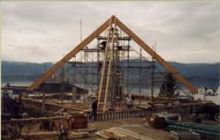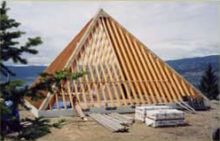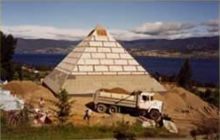C
c-ray
http://www.startalkradio.net/show/cosmic-queries-time-keeping/
What is time? Is it infinite? If you could exceed the speed of light, would time go backwards? These are just a few of your questions that astrophysicist Neil deGrasse Tyson and comic co-host Chuck Nice answer in this Cosmic Queries episode. You’ll find out why a photon is timeless and learn about tachyon particles, which theoretically travel backwards in time without violating Einstein’s Theory of Relativity. Discover how we perform faster-than-light experiments if it’s impossible to travel faster than the speed of light. And more… Why are there time zones on the ISS? Do life forms with shorter lifespans see time differently? What would happen to Earth if Superman actually turned back time? Does time pass in a black hole? Listen now…we promise it will be time well spent.







